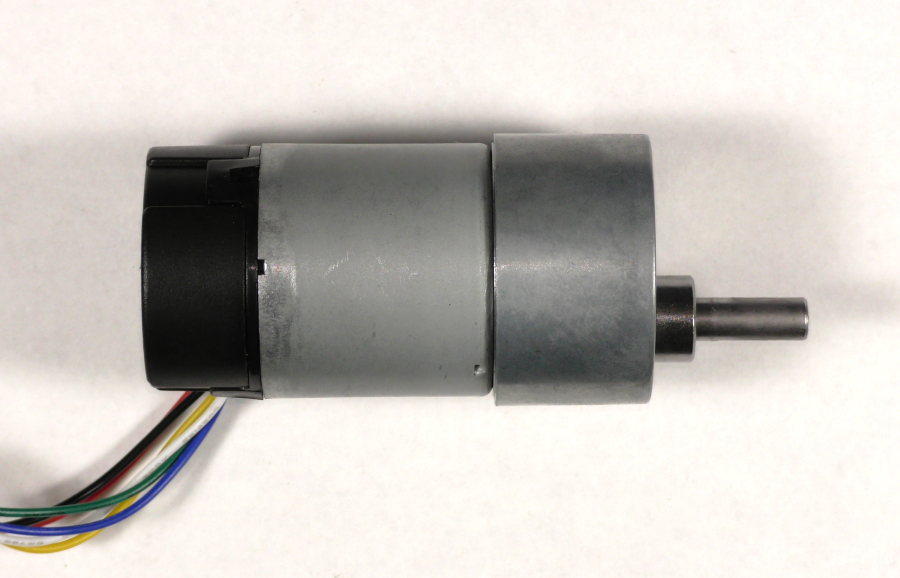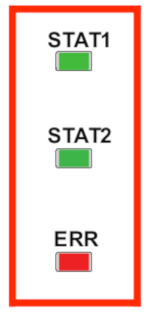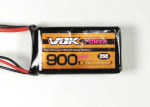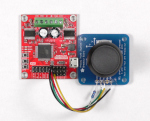Encoders allow the RoboClaw to provide accurate and consistent speed and position control of motors. In this Application Note we’ll be wiring a common motor and encoder combination to the RoboClaw.
Things don’t always go as planned when operating your robots and problems can occur that need to be dealt with as they come up. Thankfully, the RobClaw motor controller has a handy set of features that alerts you to problems that may crop up. We’ll be looking in to how to read the error messages of the RoboClaw via the onboard leds and how to diagnose the problems they are associated it.
Selecting a battery for your robotics projects is vital in ensuring your robot will have the power and endurance you’re looking for. There are several properties of batteries you’ll need to be aware of make the right choice for your project. After reading this App Note you’ll be informed enough to make the right decision.
Often a robotics project will need multiple voltages for different parts. A Battery Eliminator Circuit is one way to have multiple voltages present in your build without the need for a second battery.
There are many control schemes available with the RoboClaw. One of the simplest control schemes is analog control. Analog control allows for an analog voltage to control motor speed and direction.





